Written by Opemipo Koshemani, Head of People at Namene
Introduction
Organizations today face a critical challenge: the talent shortage. While business leaders recognize the skills gap and its implications, most of them believe that their organizations are not effectively addressing the issue.
This guide aims to advise business and HR leaders on transforming their talent management strategies to thrive in a rapidly evolving market. It outlines strategies you can use to address the talent crisis by focusing on growing internal talent through upskilling, reskilling, and promoting internal mobility to nurture and leverage internal talent effectively. The guide also discusses how you can create opportunities for people to apply new skills and develop themselves in line with business needs.

<<Discover how to build a competency framework to fuel internal mobility.>>
Adapting to rapid skill and market changes
Research indicates that job skills have an average half-life of five years, with some tech skills becoming obsolete in as little as two and a half years due to rapid technological advancements. This term, “the half-life of a skill,” refers to the period it takes for half of the knowledge or expertise related to a skill to become outdated. It highlights the importance of continuous learning and development and underscores how quickly skills can lose their value in the world of work.
Increasing geopolitical volatility, economic uncertainty, rising inflation, supply chain disruptions, environmental transition, and broader applications of Environmental, Social, and Governance (ESG) standards are creating novel challenges and disruptions for economies and companies that operate within them.
The Organisation for Economic Cooperation and Development (OECD) estimated that technology will likely transform more than one billion jobs in the next decade. That is almost a third of all jobs globally. What’s more, this estimate did not factor in ChatGPT and the new wave of generative AI technologies that have taken the market by storm over the last two years.
Consequently, the evolving market is transforming existing industries and creating new ones. This shift is increasing the demand for new occupations and the skills needed to excel in them. To stay relevant, individuals must upskill and reskill. Organizations that adapt by embracing innovative talent sourcing and skills-building strategies will thrive.
One of the best approaches to meet these challenges is to source talent internally and build an internal mobility strategy underpinned by a robust competency framework.
The benefits of a diversified talent management strategy
Modern HR leaders are poised to prepare their companies to respond to external challenges in numerous ways. They can do so either by bringing in new talent or growing talent internally. One of the most effective approaches is to create a good balance of both.
Creating growth and development opportunities for internal talent helps companies reduce the costs of external recruitment and turnover rates. However, it is also vital to ensure your company leaves room for opportunities for a fresh injection of ideas and perspectives. External talent can bring this to the table and help to mitigate workforce stagnation.
Forward-thinking talent development
Talent management strategies often emphasize attraction over retention, causing companies to overlook untapped internal talent they can harness through skills building and internal mobility. As such, this guide emphasizes the development of internal talent through upskilling, reskilling, and promoting internal mobility. By developing internal talent, you can aid your organization in retaining top talent while fostering a high-performance culture.
L&D helps achieve the business strategy
Talented individuals with the relevant skills are key to driving innovation and growth. They enable companies to deliver value, expand, and create new opportunities.
This is why keeping your people’s skills aligned with the business’s needs is a critical business imperative—especially since relevant competencies and expertise are a moving target in today’s rapidly evolving world of work. Organizations that treat L&D as a critical strategic initiative position themselves for success in today’s and tomorrow’s business environments.
However, high-level company leadership often views learning and development (L&D) solely as an HR responsibility.
More broadly, failing to address a decline in skills can adversely impact a company’s competitiveness and value proposition. Organizations thrive when they integrate robust talent management strategies that include clear plans for upskilling, reskilling, and internal mobility into their overall people and business strategies.
An empowered workforce
Employing a comprehensive talent strategy provides your people with the infrastructure and tools they need to enhance their skills and perform optimally. It also makes it easier for everyone across the company to adapt to changing circumstances. One of the best ways to do this is with a competency framework.
What is a competency framework (CF)?
According to the CIPD, “a competency framework is a structure that sets out and defines each individual competency … required by individuals working in an organization or part of an organization.” Competency frameworks include knowledge, skills, and attributes, such as objection handling or digital literacy that individuals require to perform their roles well.
<<Discover how to build a competency framework to fuel internal mobility.>>
Establish a CF to support internal mobility
HR leaders and other high-level company stakeholders can design and implement a CF to support their talent strategy. This framework will define the technical and behavioral attributes people require to be successful and perform well in their roles.
CFs improve people’s sense of purpose, belonging, and accountability
A clear CF enhances organizational transparency and defines performance expectations, linking individual performance to organizational goals and fostering accountability. You can also use CFs to help you identify future skills gaps and necessary competencies for career progression, providing professionals with a clear understanding of their roles and contributions. This clarity enhances accountability and motivates and reinforces people’s sense of purpose and belonging—ultimately boosting the company’s success and bottom line.
CFs facilitate effective workforce planning
CFs play a crucial role in effective workforce planning. Use them to pinpoint skills gaps, guide reskilling and upskilling efforts, and shape personalized learning and development programs. In addition, you can leverage CFs to facilitate internal mobility and succession planning and create clear career paths for team members, ensuring a well-prepared and agile workforce.
CFs help boost organizational agility
CFs have faced criticism for being unwieldy, overly standardized, and lacking agility.
In today’s fast-paced world, where occupations evolve rapidly, organizations require flexible competency-building programs to respond effectively to change. HR teams and organizations can use well-designed and agile CFs to adapt quickly. CFs highlight valued skills and attributes within the organization and, when properly implemented, reduce bias by providing fair and transparent competency measurement criteria.
Review and update your CF regularly
Keeping your framework current is crucial to ensuring it remains relevant as skills evolve. That’s why it’s essential to revisit your CF regularly to foster workforce agility amidst constant change.
Integrate CF reviews into your organization’s strategic planning round and update them accordingly. Start by ensuring alignment with your company’s values, goals, and workforce strategies. Then, prioritize incorporating the competencies into your learning and development initiatives that address the evolving skills landscape, emerging technologies, and industry demands.
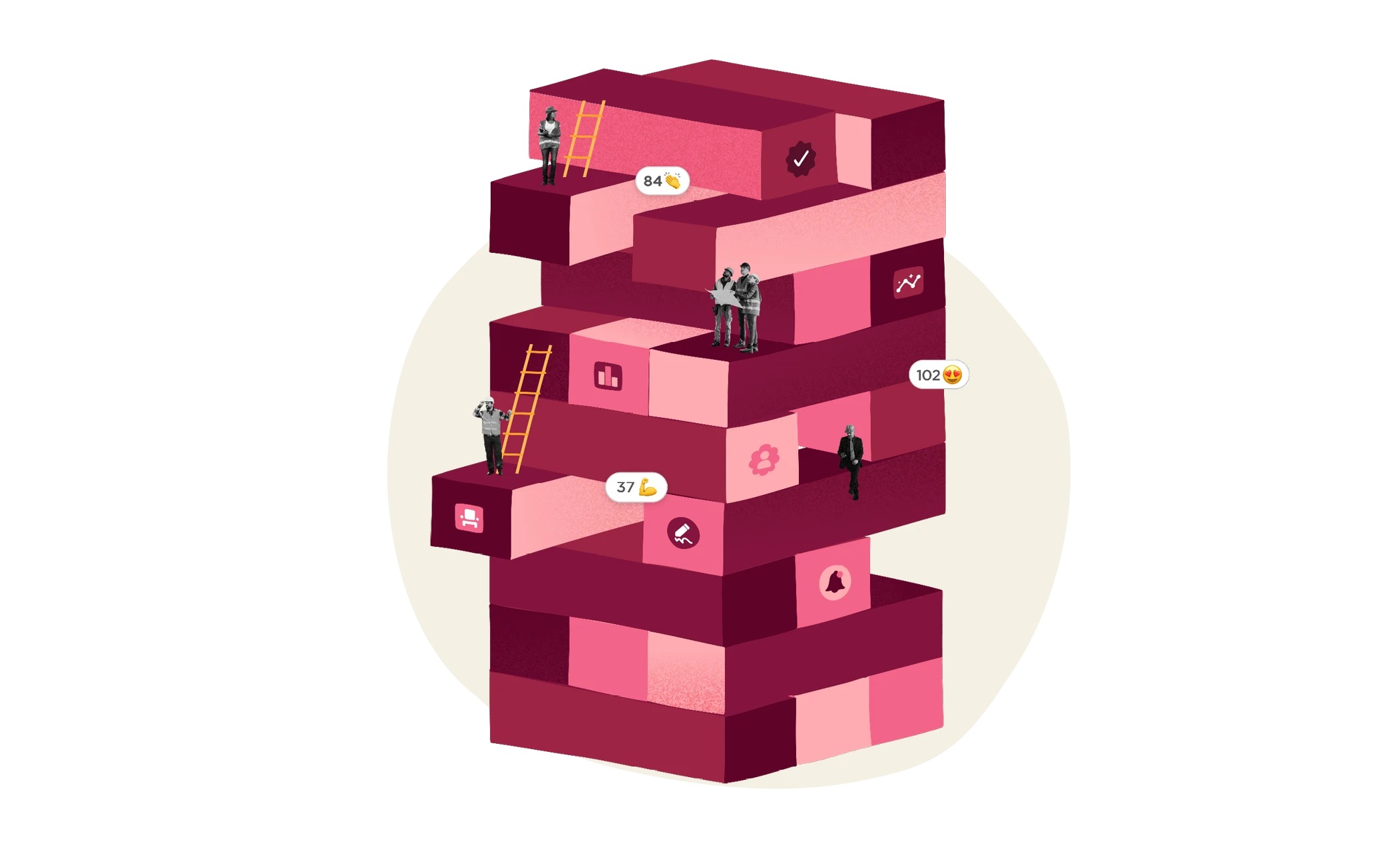
How to take a collaborative approach to building an effective competency framework
Before you embark on building your CF, it is important to recognize that each role in the organization will have its own group of competencies. Therefore, it is essential to define these competencies before initiating the development of a comprehensive organizational framework. To define the competencies each role requires, it is imperative to gain an understanding of the various roles in the company and their respective responsibilities.
Additionally, it is vital to engage a diverse group of employees, including managers and individual contributors, throughout the project’s lifecycle and to keep them informed about project milestones.
Involving people who can champion the initiative throughout the broader organization demonstrates your respect for their input. It also fosters loyalty and provides people with an opportunity to collaboratively shape the framework that will inform their performance assessment and learning and development initiatives.
Taking a collaborative approach gives your organization the benefit of insights from professionals who directly apply the competencies relevant to each role. Moreover, involving your workforce in co-creating the framework increases their sense of ownership and connection, boosting the framework’s potential for success.
Step 1: Define a purpose statement
Your purpose statement acts as the “North Star” for your project. It steers the design of your CF and ensures you stay on track. It also defines the “why” behind your framework and its intended purpose.
When defining your purpose statement, consider the problems you aim to solve, how you plan to use the framework, and its scope. It is crucial to determine the most beneficial approach for your organization.
For example, you could create a single core framework applicable across the entire organization, a range of competencies that relate to specific job levels, or a core set of competencies for each function.
You may also decide between purchasing an off-the-shelf group of competencies (usually a list of competencies produced in support of occupational standards), such as the EU Digital Competency and Entrepreneurship Frameworks, or developing them internally. The approach you choose will depend on your organization’s structure, needs, available resources, and the purpose of the framework.
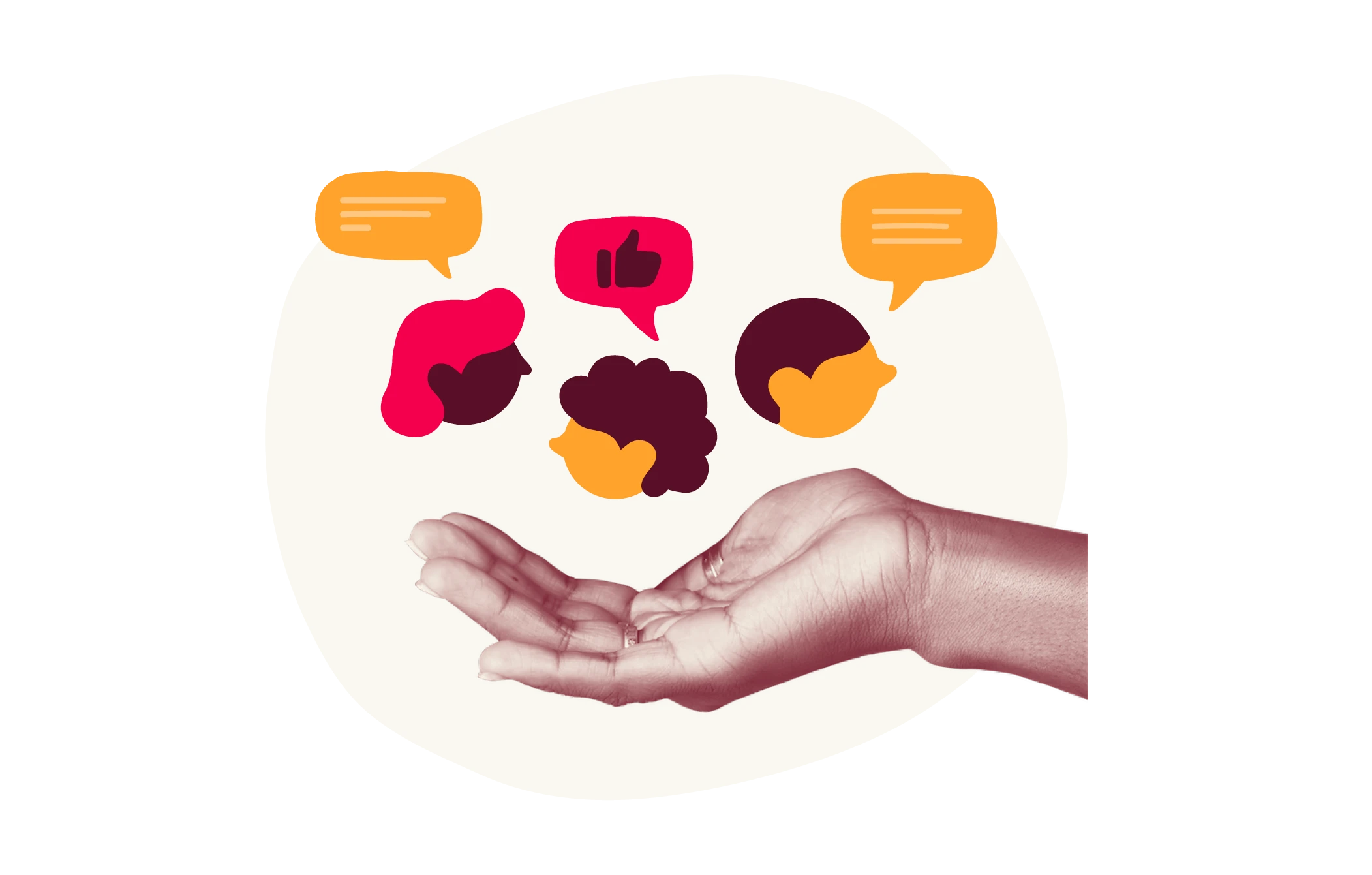
Step 2: Develop job profiles
This is a time-consuming activity, so consider exploring HR automation tools with integrated AI like LinkedIn Talent Insights to streamline this process. Work with each team member and line manager to create or update their existing job profile. Clearly outline the core tasks and duties expected in each role, along with clear outcome-based statements.
An example of an outcomes-based statement for a sales-related role could be: “Conduct market research quarterly to identify emerging trends and competitive dynamics, providing strategic recommendations to enhance sales strategies.”
It is important to focus on your organization’s needs to ensure alignment with role expectations. Engage your people using a mix of methods, including interviews, questionnaires, and direct observation, to gather comprehensive information about each role and its responsibilities. Make sure the information you collect:
- Includes the qualifications, experience, and knowledge people need to perform effectively in their roles.
- Accounts for diversity, equity, and inclusion (DE&I) considerations. For example, consider avoiding specifying the number of years of experience required. This could be considered discriminatory in some jurisdictions and could also exclude certain people with great talent.
- Consider whether a qualification is necessary or whether equivalent experience is a suitable alternative.
Leverage modern HR tech, customizable surveys, and other automated data collection methods to gather comprehensive information about each role. These tools can help you analyze responses from the information you collect and provide you with insights that ensure alignment with organizational needs and role expectations.
Step 3: Identify and map competencies for each role
Establish the behaviors and skills (competencies) individuals require to perform each role effectively. If possible, leverage HR automation tools to help streamline the process.
Many of these tools can extract relevant competencies from job descriptions (JDs), notes from interviews and questionnaires, organizational and people strategies, stakeholder requirements, regulatory and industry standards, compliance requirements, and workplace trend reports. Tap into automated HR platforms to help you analyze large data sets and identify emerging competencies.
You can leverage tools like LinkedIn Talent Insights to stay informed about emerging occupations and skills to inform your organization’s competency mapping approach and access insights from sector skills councils and national skills advisory groups. These are invaluable for mapping competencies to ensure your organization remains agile and forward-looking.
Step 4: Design your framework
Once you have mapped out each role and the competencies they require, you can start to design your framework.
Group and cluster behaviors and responsibilities according to role type. However, every organization requires slightly different sets of behaviors and responsibilities per role, and the more granular details of each may vary significantly between companies.
Example of a competency breakdown for a sales role:
Objection handling
- Active listening
- Leveraging industry data for insights
- Problem-solving
- Flexibility
Champion your competency framework: Communicate and engage
Once you complete your CF, it is time to introduce it company-wide and clearly communicate how you will use it.
Involve the team members who helped build the framework with you. They will be your employee advocates and champion the new CF to their colleagues. Bear in mind that the implementation is just the start: Your framework is merely a tool. Its true value to the organization lies in its application.
Carefully consider how you will integrate the framework into various HR processes across your organization and develop a plan. This is central to maximizing the ROI from such an extensive project.
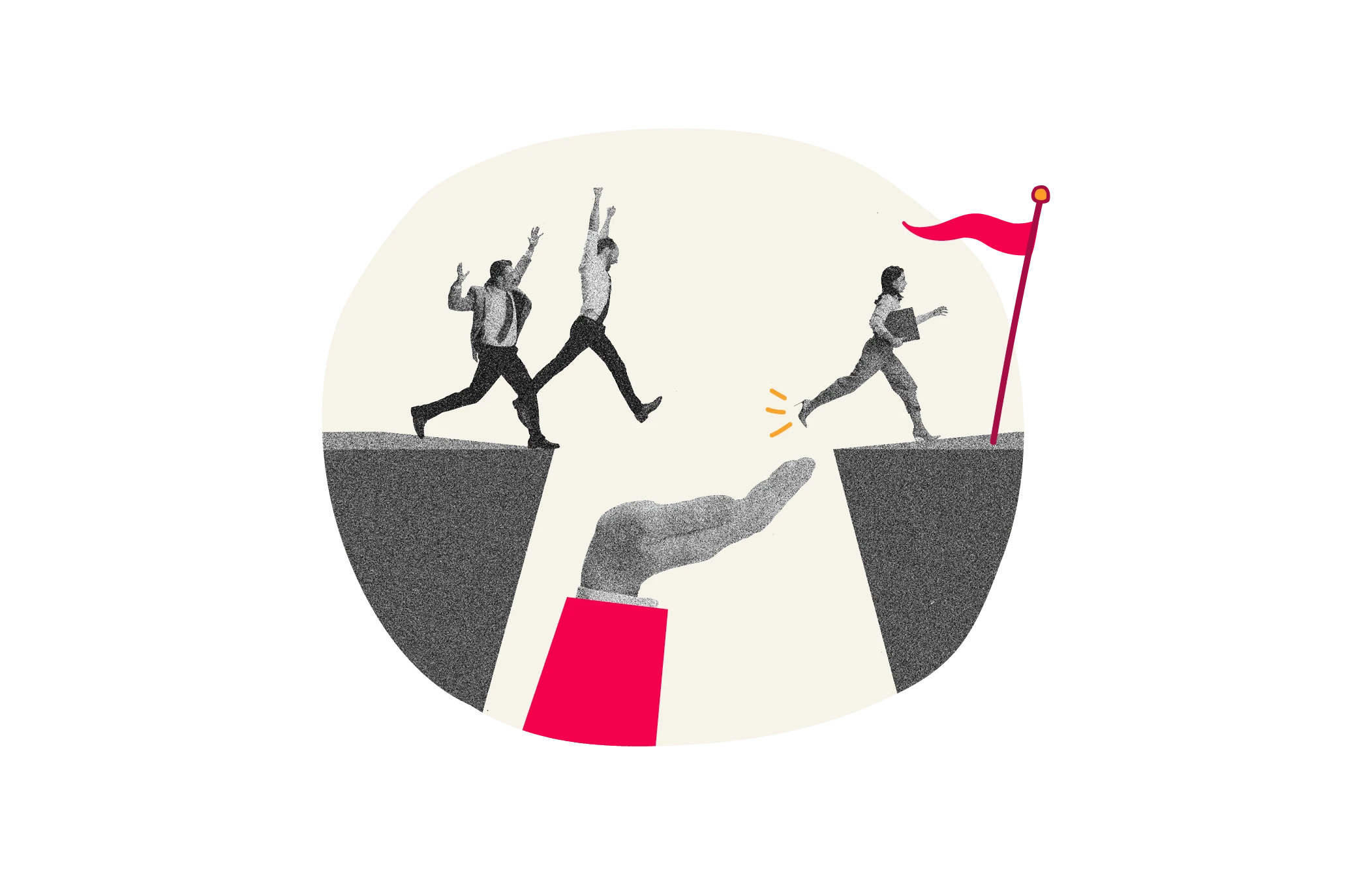
How to implement your competency framework
Developing your CF to clarify your people’s potential career trajectories is just the first step. Now, it’s time to put your CF to good use.
Use it as your go-to tool to reskill and upskill your workforce and facilitate internal mobility. Leverage it to ensure all your people have the resources they need to prepare for new roles and opportunities.
Conduct a gap analysis
The first thing to do once you finalize and promote your framework is conduct a gap analysis. This helps you identify discrepancies in your current workforce’s competencies and those required for current and emerging occupations.
HR leaders, recruiters, and hiring managers can leverage HR tech tools to analyze vast amounts of data, including individual profiles, JDs, performance reviews, one-on-one discussions between managers and team members, and notes from career conversations to identify skills gaps.
Once you have gathered the data, a cross-organizational project team can use the information to develop learning and development plans to bridge the gaps and map your people’s career trajectories—fueling a thriving workplace culture.
<<Discover how to build a competency framework to fuel internal mobility.>>
6 strategic steps to cultivate a thriving culture
Research by Gallup found that organizations that made a strategic investment in their people’s development reported 11 percent greater profitability. In other words, the data says it all: The time and resources organizations invest in developing a CF and in upskilling and reskilling their workforce to keep it in line with changing labor market demands is a valuable investment.
When you embark on building a culture of learning at your organization, begin with these six steps.
Step 1: Obtain stakeholder buy-in for learning programs
Obtaining buy-in for people-focused professional development programs from stakeholders across the business is imperative and often difficult because business leaders tend to view them as an extraneous drain on resources. But, most HR teams are equipped to address these concerns.
For instance, most HR teams may already manage a learning platform or collaborate with expert trainers to deliver learning programs to employees. Whether successful or not in implementing L&D programs previously, HR’s primary objective is to communicate the criticality of learning initiatives to the business and individuals’ career growth.
Engaging stakeholders in open discussions about the impact of trends such as technological advancement and the green transition on the company and individual roles can foster active support for learning programs.
It is also important to make it clear to all stakeholders that as job requirements shift, so will the competencies the business needs. Understanding individual aspirations and aligning them with career development, internal mobility, and business priorities is essential for ensuring success.
Investing in keeping individuals in your workforce professionally relevant is an investment in keeping your company at the forefront of your industry. Staying ahead necessitates collective understanding and continuous efforts to identify and evaluate (and re-evaluate) the reskilling and upskilling opportunities needed to drive the organization’s and individuals’ growth.
Step 2: Tailor an L&D strategy for skill enhancement
Crafting a comprehensive plan for reskilling and upskilling your workforce is essential. However, it is crucial to acknowledge that designing a flexible L&D strategy will be more effective than taking a one-size-fits-all approach.
Everyone learns differently, so a diverse array of learning and development approaches will yield greater benefits for team members and the company. Engage in discussions and assessments with direct managers and individual contributors to gain insights into your people’s various learning preferences and styles. Use these insights to customize your learning programs to your people’s needs.
Step 3: Harness learnability to unlock growth
Learnability (LQ) is “the desire and ability to grow quickly and adapt one’s skill set to remain employable throughout their working life.”
To nurture a successful learning culture, it is important to develop a profound understanding of your people’s learnability quotient—or empower them to assess it themselves.
Knowing your people’s learnability quotient allows you to map individuals’ learning styles and leverage that information to make more impactful decisions about your learning and professional development programs.
Ultimately, individuals who can learn and grow quickly will play a pivotal role in driving business growth, underscoring the significance of learnability in program design. By tailoring programs to suit individuals’ learnability, you can enhance the value of the organizational learning program to expedite learning and maximize ROI.

Step 4: Integrate diverse learning approaches
Designing a comprehensive L&D program that combines practical, hands-on, experiential learning with formal traditional training courses delivers more accessible learning opportunities to your people. It also enables the company to harness internal talent, fostering collaborative learning among colleagues.
Since everyone has different learning experiences and styles, it is crucial to consider how various learning interventions can improve your people’s professional development.
To accommodate diverse learning styles, provide your people with several options.
1. Formal training programs
While these are ideal for understanding role fundamentals, it is important to supplement them with informal, on-the-job training opportunities.
2. Experiential learning
Experiential learning and on-the-job training like projects and stretch assignments bridge the gap between theory and practice. They foster meaningful growth and skills development by embedding learning from formal programs. This approach supports career development and maintains critical skills within the organization, also benefiting individuals aiming for a lateral career move.
Examples of this approach include:
- Internal career mobility programs. You can customize internal mobility programs to individual needs. These programs demonstrate organizational commitment to career growth and foster loyalty and engagement. Initiatives like acting up assignments (the opportunity to step into a more senior role for a short period of time), secondments, job rotations, and special project work provide opportunities for competency development across all levels of the organization.
- Coaching and mentoring. Use coaching and mentoring programs to enhance individuals’ self-awareness and foster people’s accountability for their learning and development. Coaching and mentoring empower individuals by unlocking untapped talent and promoting a culture of learning and recognition. These programs also enable knowledge transfer between seasoned professionals and newer team members.
- Action Learning. Action Learning is a tool for developing critical thinking and problem-solving skills. This tool presents real-life challenges to groups and encourages creativity and innovation through the exploration of solutions. The Action Learning format also facilitates skill development and actionable solutions, enhancing your people’s core competencies.
Step 5: Foster a culture of growth through embracing failure
When designing an L&D program to promote internal mobility across your business, it is vital to cultivate an environment where people feel inspired to venture out of their comfort zones and embrace mistakes. Especially in today’s dynamic landscape, embracing failure is indispensable for unlocking individual growth and fostering creativity, both of which are paramount to organizational (and individual) success.
Championing a culture unafraid of failure involves embracing mistakes as powerful learning tools and valuable learning opportunities. This approach is fundamental to successful career growth. But getting it right requires accurately gauging your organization’s risk tolerance.
Risk tolerance varies across organizations and industries and requires each organization to develop a tailored approach to embracing failure within its unique context and company structure.
In situations where mistakes occur, it is best practice for leaders and line managers to steer follow-up conversations toward extracting lessons learned from the experience rather than focusing solely on punitive measures. A culture that embraces failure as a learning tool cultivates a motivated workforce open to iterative improvement, fostering agility in competency development alongside innovation.
Step 6: Empower line managers for organizational excellence
Line managers are the lynchpin of the employee experience. They wield significant influence over performance quality aligned with organizational standards. Whether fostering employee engagement and motivation or nurturing a vibrant or thriving workplace culture, managers are the front-line agents of performance enablement within any business.
From identifying individuals’ learning needs and conducting constructive, career-focused conversations to recognizing and rewarding positive performance (and addressing poor performance issues), line managers fulfill pivotal roles that are critical to the success of the company’s upskilling and reskilling efforts.
Line managers rely on HR leaders to equip them with the tools, mindset, and skills to navigate career conversations with their team members. Consistently training and communicating with line managers about how they lead their teams is crucial.
The most effective manager training programs adapt to the organization’s needs and cover topics such as conducting regular performance reviews, supporting teams, and holding frequent one-on-one meetings to discuss team members’ ideas, tasks, career goals, and concerns.
Instilling the right mindset in managers can help reduce the risks of their actions inadvertently undermining the organization’s efforts through talent hoarding.
Talent hoarding occurs when managers intentionally or unintentionally impede their people’s learning and development opportunities—and paths to promotion—by holding onto their top performers. This can hinder internal mobility efforts and demotivate high-performing team members, leading them to seek opportunities elsewhere.

None of these six L&D initiatives operate in isolation. It is imperative to champion a culture of psychological safety within the organization that encourages openness about how people learn best, and how the organization can realistically support people’s learning and best work—and embrace mistakes without fear of repercussions.
Cultivate a workforce of lifelong learners for agile mobility
The labor market’s ever-changing demands oblige modern businesses to invest in internal mobility programs that champion cultures of continuous learning and prioritize skills building as a permanent business imperative.
As Josh Bersin said recently, “Even when considering the hesitations about internal hiring, the reality is that it is a necessity in a tough labor market. As one [Josh Bersin] Academy expert put it, ‘We are no longer in a war for talent. There simply isn’t enough talent to fight over. The external talent pool is becoming obsolete.'”
In response to this reality, the most successful organizations invest heavily in internal mobility and professional development programs.
Businesses and individuals must work together to stay professionally relevant and at the cutting edge of modern industries.
They recognize that these aren’t one-and-done initiatives but continuous and evolving cornerstones of business strategy and company culture that ignite curiosity and inspire the desire and space for continued learning and development.
Providing your people with a psychologically safe space that inspires a constant desire to learn and grow with you over time is the key. Thriving in the modern business world depends on it.
<<Discover how to build a competency framework to fuel internal mobility.>>
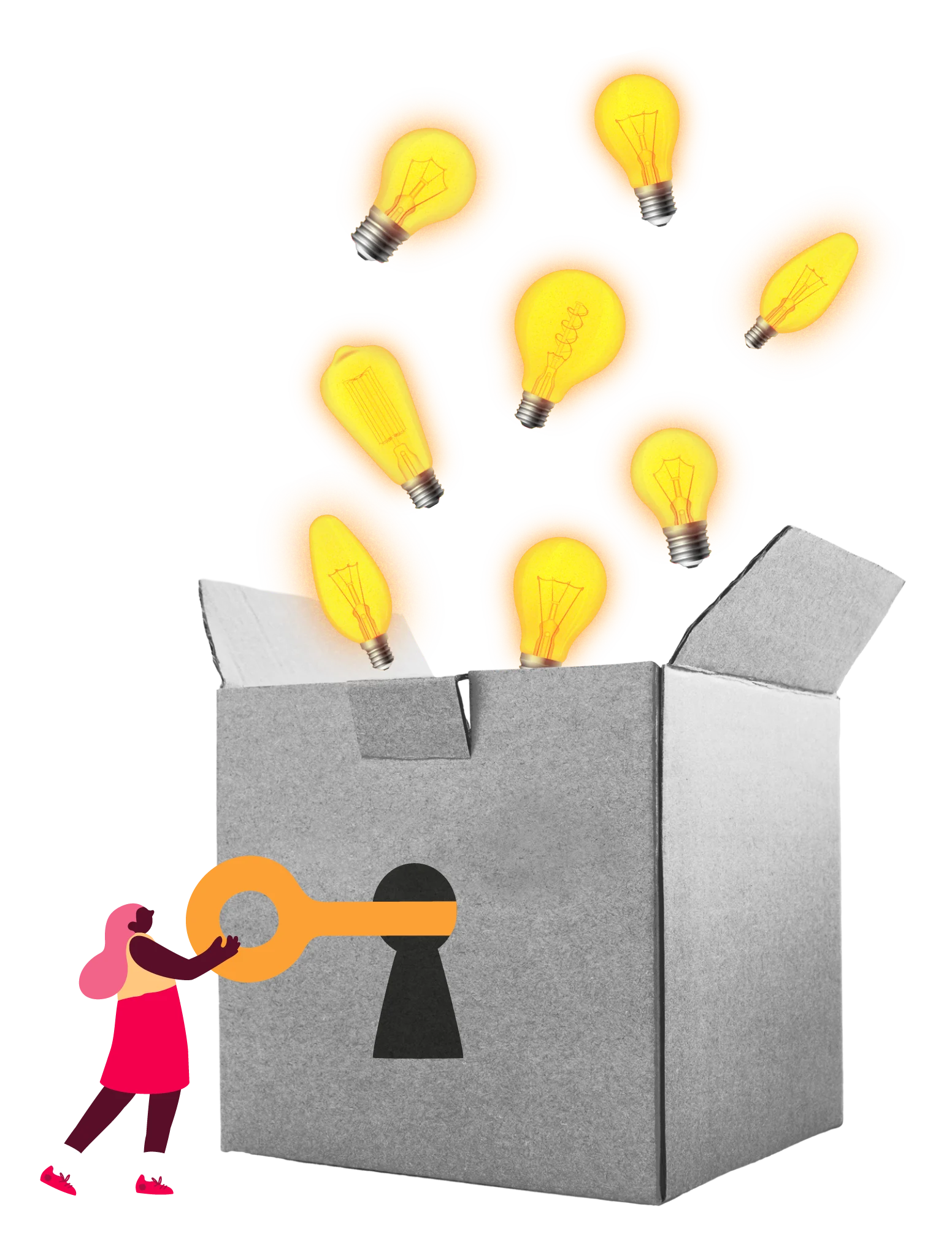
Recommended For Further Reading
About the author
Opemipo Koshemani is a people leader who is passionate about cultivating enabling workplace environments where individuals can thrive and do their best work, contributing to the success of their organization.
Opemipo currently works as Head of People at Namene and is also an HR consultant.
Away from work, she likes to attend music events, read fiction, or plan her next holiday.
About Namene
Namene is a business that believes people and planet should come first. We provide affordable, highly reliable, everyday devices to those who need them most. We harness clean technology to transform lives and livelihoods.
Our purpose is to empower every community through clean technology.
Without ever compromising on quality, we make sure our products are always affordable and accessible to all by enabling our customers to buy what they need when they are able to, or by using their carbon-saving value to minimize prices through the sale of high-integrity carbon credits.
